Eurozone PMI Manufacturing rose from 46.4 to 47.3 in November. PMI Services was unchanged at 48.6. PMI Composite rose from 47.3 to 47.8.
Chris Williamson, Chief Business Economist at S&P Global Market Intelligence said:
“A further fall in business activity in November adds to the chances of the eurozone economy slipping into recession. So far, the data for the fourth quarter are consistent with GDP contracting at a quarterly rate of just over 0.2%.
“However, the November PMI data also bring some tentative good news. In particular, the overall rate of decline has eased compared to October. Most encouragingly, supply constraints are showing signs of easing, with supplier performance even improving in the region’s manufacturing heartland of Germany. Warm weather has also allayed some of the fears over energy shortages in the winter months.
“Price pressures, the recent surge of which has prompted further policy tightening from the ECB, are also now showing signs of cooling, most noticeably in the manufacturing sector. Not only should this help contain the cost of living crisis to some extent, but the brighter inflation outlook should take some pressure off the need for further aggressive policy tightening.
“However, it’s clear that manufacturing remains in a worryingly severe downturn, and service sector activity is also still under intense pressure, both largely as a result of the cost of living crisis and recent tightening of financial conditions. A recession therefore looks likely, though the latest data provide hope that the scale of the downturn may not be as severe as previously feared.”
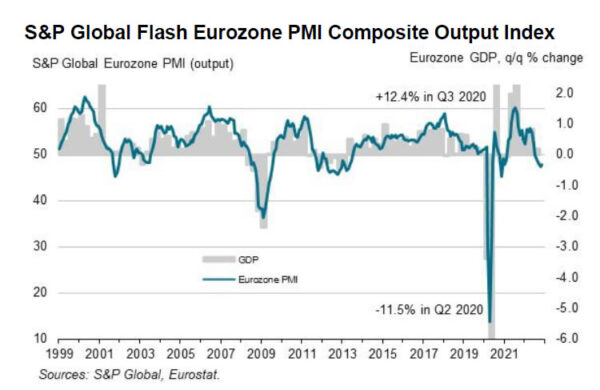
Full release here.







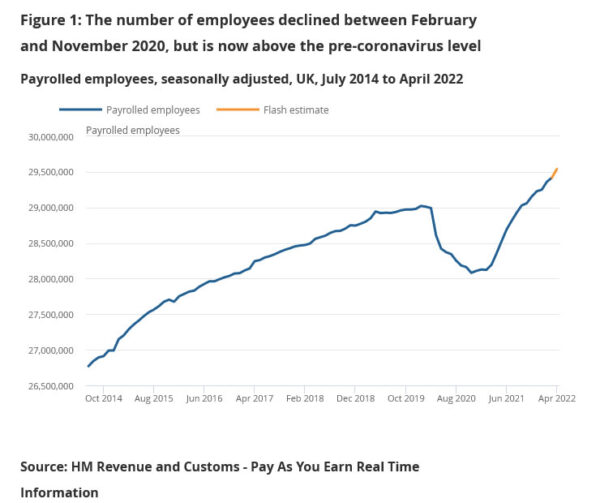
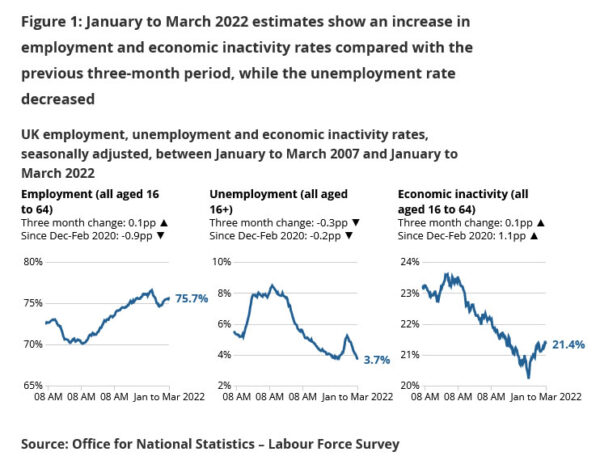
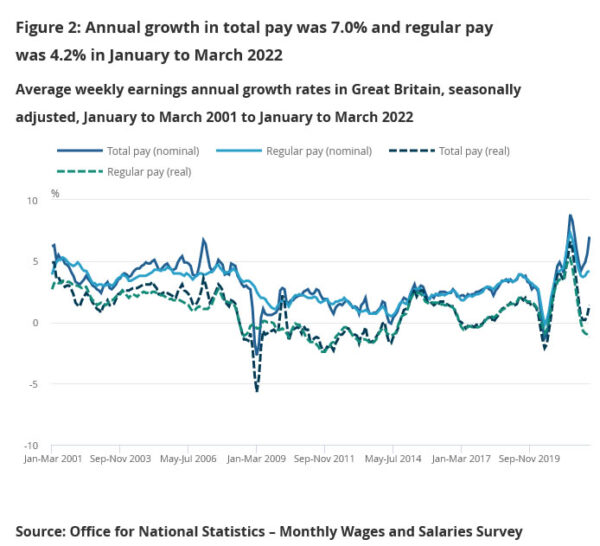
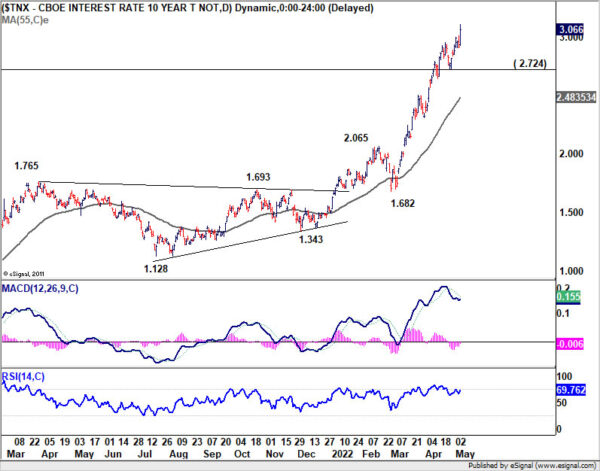
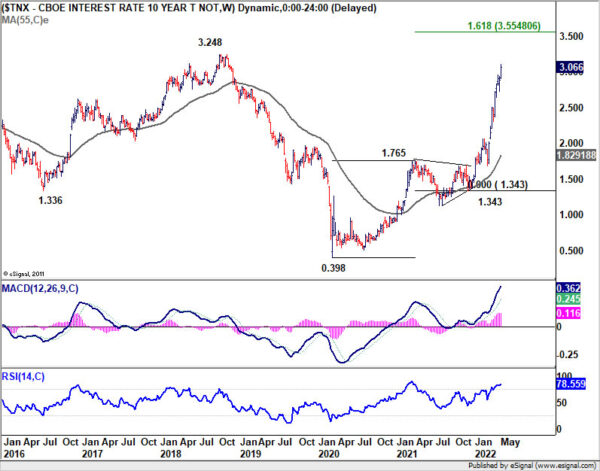
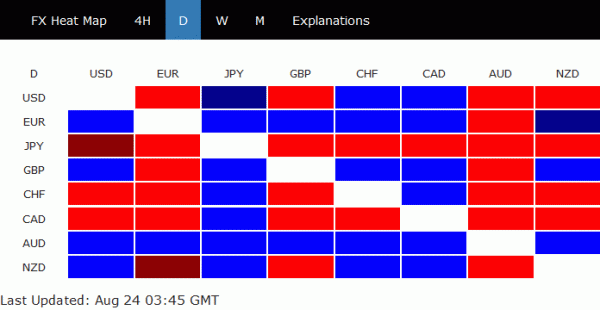

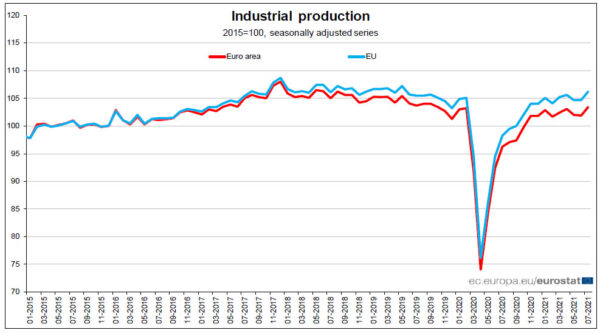
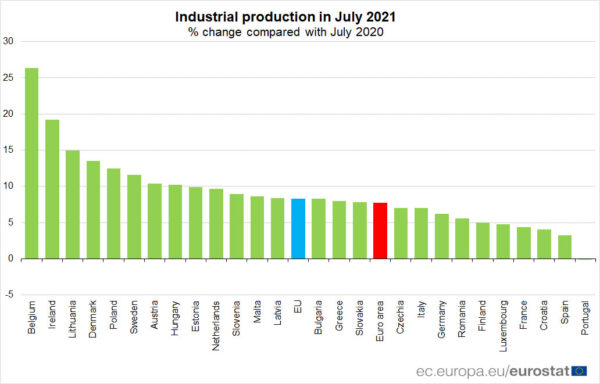
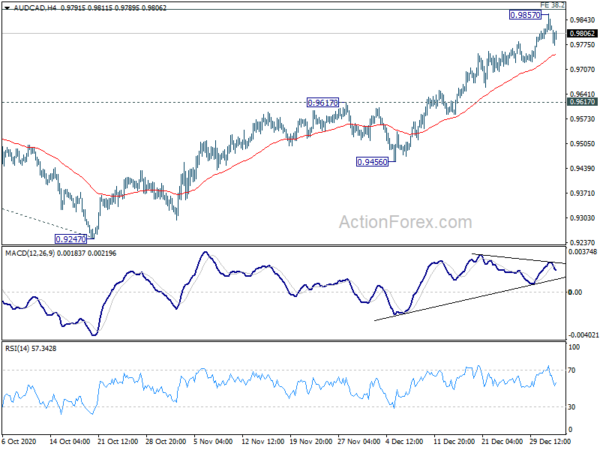
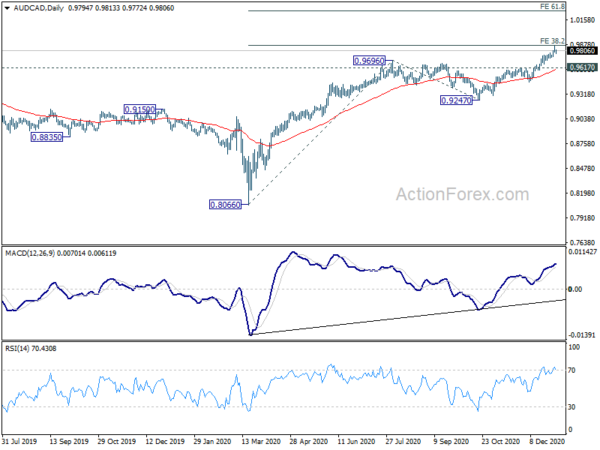
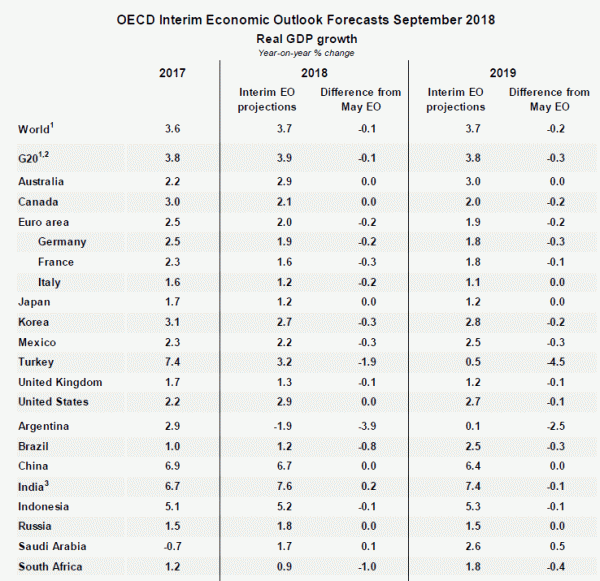
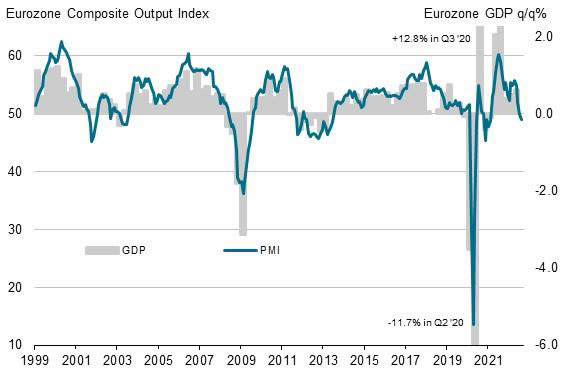
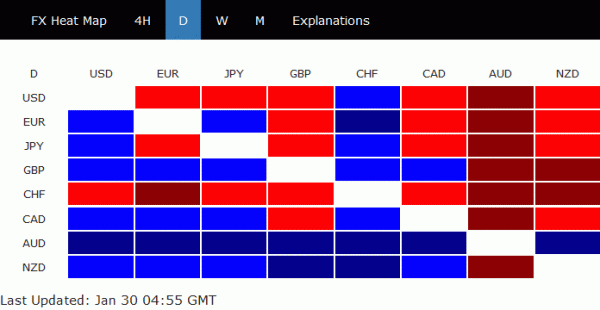
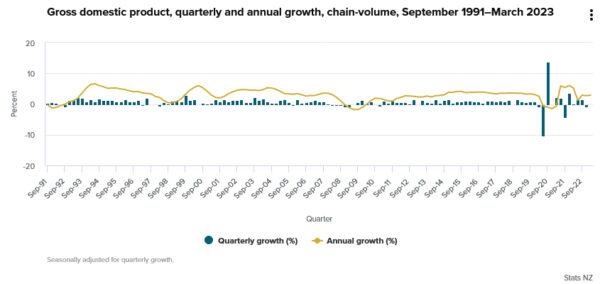

Japan PM Suga announced JPY 73.5T fresh stimulus
Japanese Prime Minister Yoshihide Suga announced today a fresh economic stimulus package worth JPY 73.6T. Suga said, “we will maintain employment, keep businesses going, revive the economy and open a path to growth including through green and digital technology.”
A batch of economic data is released from Japan today. Q3 GDP growth was finalized at 5.3% qoq, revised up from 5.0% qoq. In annualized term, GDP grew 22.9%, revised up from 21.4%. In October, labor cash earnings dropped -0.8% yoy versus expectation of -0.7% yoy. Household spending rose 1.9% yoy versus expectation of 2.5% yoy. Current account surplus widened to JPY 1.98%. In November, bank lending rose 6.3% yoy.